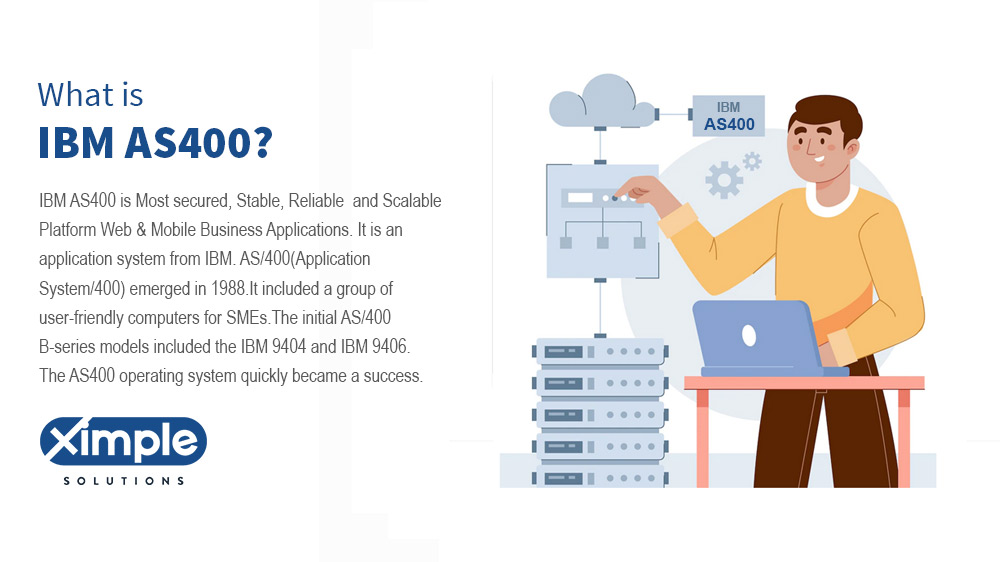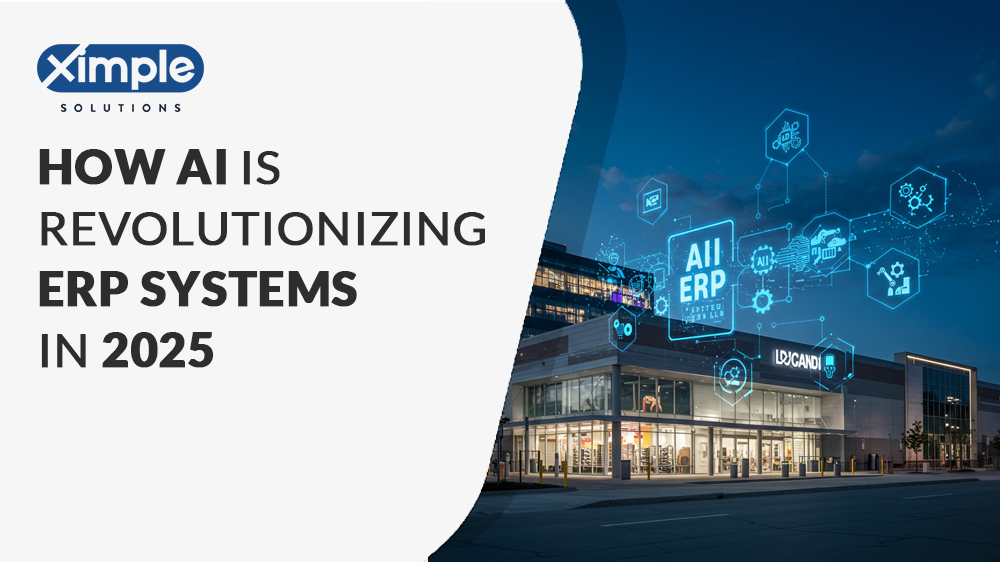IBM AS400 ERP SOFTWARE
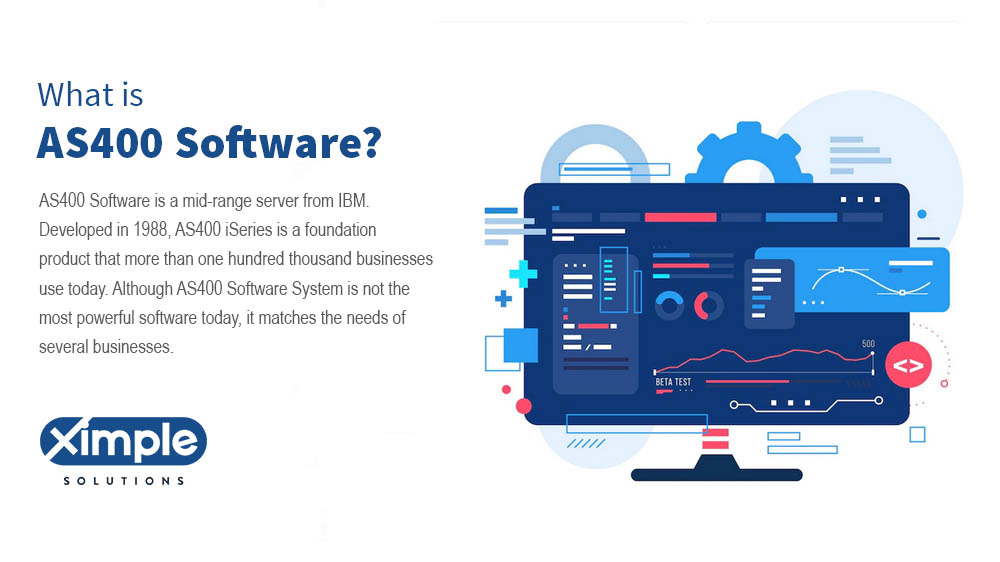
This article provides an overview of IBM AS400 ERP & IBM I software and its evolution over time. It covers the history of AS400, its benefits, challenges, and compatibility with various accounting and business software. It also touches upon the reasons for the migration of AS400 to cloud-based ERP and the benefits of API, microservices, Java, and Angular technology. The article is intended for those who are interested in learning about IBM AS400 ERP software and its evolution to cloud-based ERP.
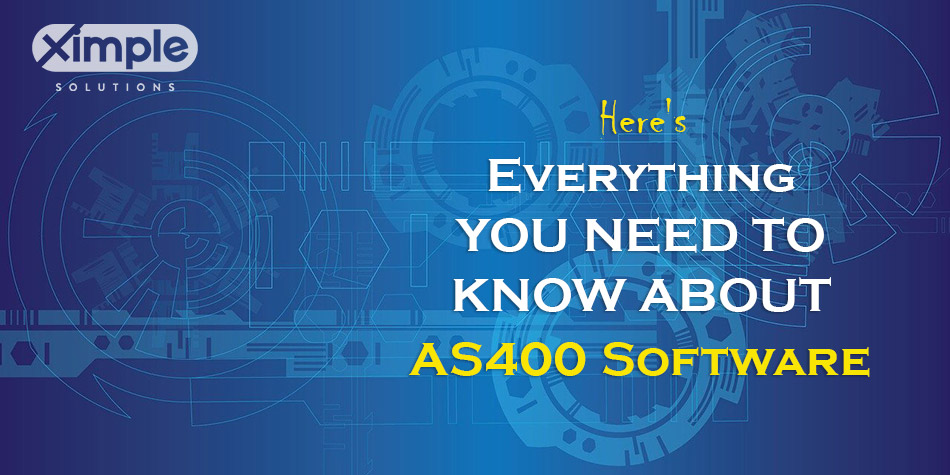
Table of Contents
- What is AS400 Software?
- What is IBM As400 ERP? – History, Benefits and Challenges
- Benefits of AS400 ERP
- Challenges
- List of Major AS400 ERP, Accounting and Business Software
- IS IBM AS400 ERP?
- What’s different between legacy Software vs Next Generation of ERP
- What’s ERP upgrade processes Checklist?
- What are ERP upgrade benefits?
- Why Major Distributors are migrating AS400 ERP to Cloud ERP
- What’s the benefits of APIs, microservices, Java and Angular Technology AS400 ERP?
- How ERP Consultants can facilitate easy ERP migration
What is AS400 Software?
AS400 Software is a mid-range server from IBM. Developed in 1988, the AS400 iSeries is a foundation product that more than one hundred thousand businesses use today. Although the AS400 Software System is not the most powerful software today, it matches the needs of several businesses. Don’t get confused if you also come across words like IBMi, iSeries, or System i. They all refer to the same thing. IBM recognizes all these names and uses them for branding campaigns only.
The operating system, OS400, also changed names over the years. If you come across the i5/OS, or eServer i5 term, the person is talking about OS400. The IBMi system includes a combination of an interactive AS400 System database, networking, security, internet services, and storage management abilities. The main uses for the AS400 system are Java application development, web and e-commerce hosting, and data warehousing.
What is IBM As400 ERP? – History, Benefits and Challenges
History
IBM designed the AS400 about 33 years ago. The system was an integrated product featuring hardware and an operating system (software). The hardware was AS400 while the OS was OS400. Over the years, IBM upgraded the hardware and software to keep their mid-range product offering competitive. They also branded and renamed their product to align with the market and their offering. Currently, the hardware is officially called Power Systems and it runs an upgraded OS known as IBM i. The best-selling feature of the as400 system is its capacity to match with different applications.
Despite being old, the system is compatible with various applications, including AS400 inventory management and accounting software. This means that you can run a program made for the original AS400 on a current Power Systems server without necessarily changing anything. Even with the notion that the system is outdated, several companies continue to use it due to this seamless compatibility. IBM habitually upgrades and improves its platform every two to three years. Here is a summary of its history:
1988
AS400 system line with OS/400. All programs written for System/34 and System/36 could be shifted to the new AS400. System/34 and 36 were part of the company’s first line of minicomputers launched in 1979 that also included System/3 and System/32
2000
IBM renamed the AS400 System as iSeries
2006
IBM renamed iSeries to IBM System i
2008
IBM consolidated System I and System P product lines and rebranded the merged product offering as IBM Power System.
Benefits of AS400 ERP
Although it is a computer server that was made years ago, the iSeries computer is not dead yet. It has the following benefits:
- Scalability – Your business can buy the most affordable core server and upgrade to a stronger 256-core later on.
- Reliability – If you are looking for a server that can offer close to 100 percent uptime, AS400 is the best.
- Secure – As long as you have your IBMi configured properly it will work safely.
- Sophisticated – As this is a regularly updated server, it has become more modern and supports various programming languages, including RPG and Java among others.
- Compatibility – As earlier explained, System I offers amazing compatibility, allowing easier transitions.
Challenges
Although featuring excellent technology, i5 system has its own challenges:
- Some users have the wrong perception about it. They think that AS400 Software is obsolete and not worth buying. This doesn’t seem right as when it comes to compatibility it is excellent. This is why most companies cannot get enough of it.
- People who founded and understand the IBMi better are now old and as they retire, they will go with the entire pot of knowledge and expertise they own. Although it may seem old, the system has complicated internal architecture. To prepare your staff, have them read AS400 Software learning guides and practice with dummies.
List of Major AS400 ERP, Accounting, and Business Software
The Accounting and Business software tools that run on IBMi servers include the following:
Accounting
- Ximple ERP for Wholesale Distributor
- American Software Enterprise
- Financial Accounting Software from Arkansas Data Services
- Compu-tech’s Accounting Software
- Gammasoft Executive Series
- iSeries Financials from Global Software
- HarrisData ERP Applications
- Infor Enterprise Financial Management
- Infor Infinium FMS
- Infor Lawson Financial Management
- Core information system or CIS
- CIS-LAMP
- Mosaic21 Financial Accounting Software
- NGS Concert Series Financial Software
- JD EDWARDS World Financial Management from Oracle
- Integra
- Financial Portrait Software System from Tegratecs
- Unit4 Financials
- Online Business Accounting from Legler Systems Company
- MasterTools by Online Computing
- Open Systems Accounting Software
- S5 financial Accounting System from Sentinel Hill Software
- DS90 (iSeries) Accounting Software
- First Option IBM I (iSeries) Financials from the First Option
- Visual AccountMate/400 version 4.0 (VAM/400) from AccountMate Software Corp.
IS IBM AS400 ERP?
No IBM AS400 is not ERP even though many novice users call it AS400 Enterprise Resource Planning Software. Think of AS400 as an operating system that works as perfectly as Microsoft Windows or Linux. The difference between other operations OS and AS400 Systems is everything in AS400 is defined as an object while other operating systems have files. Windows and Linux understand hardware and software items as files rather than objects. IBM AS400 or IBM iSeries platform is an integrated platform that includes IBM DB/400 databases, hardware, programming & software development environment, and OS/400 operating system. Many mission-critical business applications and ERP run on this platform. Leading retailers, distributors, manufacturing and financial institutes uses AS400 for business application as it offers stability, reliability, high performance, and security.

What’s different between legacy Software vs Next Generation of ERP
Legacy software systems are offline ERPs. That’s why they are called on-premise ERP systems. On the other hand, the next generation of ERP refers to cloud-based enterprise Resource Planning tools. When comparing the two, you need to pinpoint the differences. These are:
- The difference between Legacy ERP and Cloud ERP, the latter offers ease of access. With legacy ERPs, you, the owner, have to lease and maintain them live on your computers or servers. Thus, anyone authorized to use them can only access them on your machines. Conversely, next-generation ERPs are stored on an internet server that you either own or lease monthly. One needs only web browsers such as Safari, Chrome, and Edge to access the system.
- Next Generation ERPs have foundations for the future. It has an open architecture for future technologies such as the Internet of Things (IoT), Machine learning, Artificial intelligence, big-data analytics, and cloud computing. ERP has core functionalities deeply defined to the vertical industries it serves. Such ERPs are SaaS-based, commonly known as Software as a Service. It means that you have to pay a subscription fee to have permission to use the software and hardware it operates on. As it is based on installment payments, your business has to incur an operating cost. On the other hand, legacy ERPs belong to the company that runs them. The software and hardware parts have to be bought upfront, giving the buyer full rights to both. This is where software development consulting firms come in. They are cheaper than a team of in-house IT staff requiring salaries every month.
- The cloud-based new generation ERP systems are easier to customize and update. The user can make changes automatically. On the other hand, on-premise, legacy ERPs are difficult to alter and update unless your IT team knows what it is doing. If you don’t have a dependable IT team, you had better use a freelance software developer consultant.
- Any internet-enabled device can be used to access a new generation ERP system as all you need is a web browser. Conversely, legacy ERP is only reachable via a computer in your office.
Related articles
What’s the ERP upgrade processes Checklist?
Software migration does not have to be difficult. Here is a checklist:
- Come up with a plan to help you do the software upgrade.
- Make a shortlist of ERP consultants who can help you.
- Select a consult based on their budgets, their track record, and their ability to deliver on time.
- Create a team to oversee the upgrade process. This team will become the link between your organization and the selected consultancy firm.
- Implement the plan you created in the first step with your consultant’s assistance.
What are ERP upgrade benefits?
If you are using a legacy ERP system, it is important to upgrade it to get all the benefits that those who use the cloud-based new generation ERP receive. It is extremely important to upgrade to the latest version to get regular software updates, new features, service packs, and more in real time. An updated system will perform optimally and reduce your workers’ downtime. An upgraded system fosters speed when doing daily tasks and complies with government regulations like ISO, HIPPA, ACA, and IFRS among others. As you upgrade to Cloud-based ERP from IBM AS 400 ERP, it’s important to avoid any business disruptions.
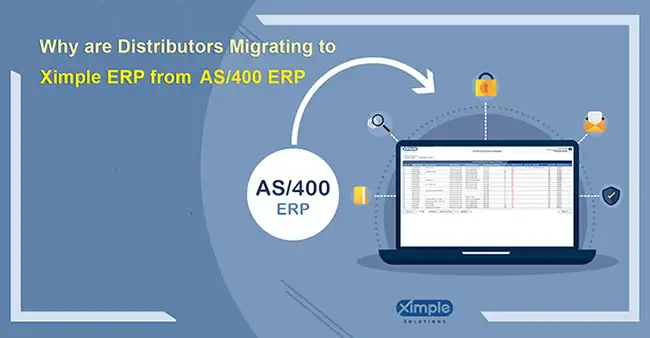
Why Major Distributors are migrating AS400 ERP to Cloud ERP
These companies have realized that AS400 ERP is a good system but with a legacy syndrome. Once you have it you will only access it on your in-house computers or servers. It is harder to update while on the move, unlike the latest IBM iSeries version for the web. That’s why most organizations are looking to upgrade their AS 400 ERP to Cloud ERP. A good consultant knows how to combine the best capabilities of System I with those of modern software.
What are the benefits of APIs, microservices, Java, and Angular Technology AS400 ERP?
Software consulting and development entails two kinds of architecture. One of these is microservices and the other is monolithic. The former is favored because it is more modern. In this architecture method, a single big application is split into tiny modular services. Agility and scalability are achievable when every small modular service assists a specified business goal. One code can be reused for a fresh implementation.
Lightweight APIs can be used to facilitate communication between modules. Microservices will enable a seamless integration process when moving from an on-premise system to a cloud-based ERP system. Java, Angular, React, Node, PHP, and many other programming languages could be used to implement Microservices & API architecture to modernize ERPs. They are easy to read especially when working with complex systems and Jave EE standards match the microservices’ application like JAX-RS for APIs.
How ERP Consultants can facilitate easy ERP migration
- Consultants will first evaluate the current status of your ERP systems to determine where your legacy ERP needs changes.
- Find ways to transition smoothly while considering your company’s needs and goals. Technological leaders have a dilemma upgrade to a new version of existing ERP software or migrate to a new ERP. If you intend to put the foundation for years to come, then migration to new Cloud-ERP works better than legacy ERP.
- Plan in advance to minimize interruptions. The migration process should the thorough and undisrupted.
- Take care to prevent the risk of producing errors or losing data during migration.
- Building a strong relationship with consultants and ERP vendors is a must. Both partners need to be customer-centric to avail of world-class support during and after the ERP migration.
Conclusion
In conclusion, IBM AS400 Software, also known as IBMi, iSeries, and System i, remains a robust mid-range server solution after over three decades of use. Its continued popularity among businesses is attributed to its scalability, reliability, security, and compatibility with a wide range of applications. Despite facing challenges such as a negative perception and a limited pool of experts, the AS400 system supports various programming languages and is compatible with numerous ERP, accounting, and business software applications. For businesses seeking a modern solution, Ximple ERP stands out as a leading cloud-based ERP system tailored for wholesale distribution.
Now, many modern cloud technologies are accessibly leveraging this IBM platform including Micro-services, API, RHEL Openshift, supports Open-source, with a wide range of programming languages such as Java, Angular, Node.js, PHP, C++, C, and many more. It ideal platform for private, public, and hybrid cloud offering great security, scalability, and reliability apart from being cost-effective. Almost everything is possible on this platform, you limited by your imagination and competency

